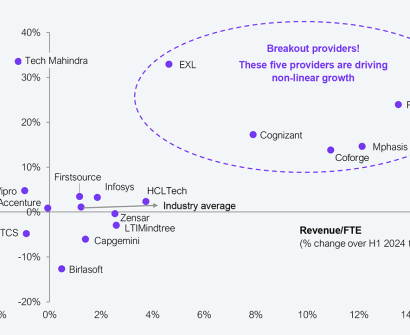Currently Empty: $0
Tech Layoffs 2025: Why Reskilling Isn’t Enough, and What the Future Holds

The Scale of the Crisis
The global tech industry is facing an alarming wave of layoffs in 2025, with over 202,000 employees already let go, and forecasts raising that number to 244,000 before year’s end. US-based companies, which account for almost 70% of the total cuts, are at the forefront of this shake-up. Major firms—including Intel, Amazon, Microsoft, and TCS—are drastically reducing their workforces in both their home markets and global operations. Intel alone will slash nearly 34,000 jobs this year.
Automation, AI, and Corporate Strategy
A key driver behind these massive layoffs is the aggressive adoption of automation and artificial intelligence (AI). Companies are pursuing cost-cutting and operational restructuring at unprecedented speeds. Notably, Amazon and Accenture have attributed much of their reductions—14,000 and 11,000 jobs respectively—to AI and automation.
While previous downturns saw employers invest in reskilling programs to retain talent, this time the story is different. The pace of technological change and automation is so rapid that reskilling efforts are proving inadequate. Redeployment isn’t sufficient to absorb displaced workers, according to industry leaders like TCS’s CEO.
Top 10 Tech Companies with Most Layoffs (2025)
- Intel (U.S.): 33,900 layoffs
- Amazon (U.S.): 19,555 layoffs
- Microsoft (U.S.): 19,215 layoffs
- TCS (India): 12,000 layoffs
- Accenture (Ireland): 11,000 layoffs
- Panasonic (Japan): 10,000 layoffs
- IBM (U.S.): 9,000 layoffs
- Salesforce (U.S.): 5,000 layoffs
- STMicro (Switzerland): 5,000 layoffs
- Meta (U.S.): 4,320 layoffs
The Changing Workforce Equation
As companies shift from rapid expansion to efficiency, automation, and adaptability, workers are caught in the crossfire of transformation. A significant portion of layoffs—over 64,000 in 2025 alone—is directly linked to AI and automation shifts.
Reskilling: Why Isn’t It Working?
Historically, reskilling was the go-to solution for workforce disruptions. But executives now admit that simply finding new roles for existing talent isn’t feasible when roles themselves are disappearing or evolving too fast. The RationalFX report notes that redeployment and reskilling efforts are struggling to keep pace with automation’s impact, particularly in large-scale enterprises.
What’s Next for Tech Talent?
The future remains uncertain. While layoffs will likely continue through the end of 2025, there’s cautious optimism that new job roles and opportunities may eventually emerge as AI technologies mature. Companies are focusing on strategic “rebalancing”—not wholesale replacement by machines, but recalibration of skills and roles needed for the next technological frontier.
Conclusion: Navigating the New Tech Reality
The global tech sector is entering a period of radical transformation, from expansion to efficiency. For workers, the challenge is not just about reskilling, but adaptability, agility, and readiness to embrace technology-driven change. For companies, it’s about balancing cost and innovation, all while navigating a workforce in flux. Only time will reveal exactly how these priorities will reshape the tech landscape—and whether enough new opportunities will surface for those left behind.
Source: GWFM Research & Study








